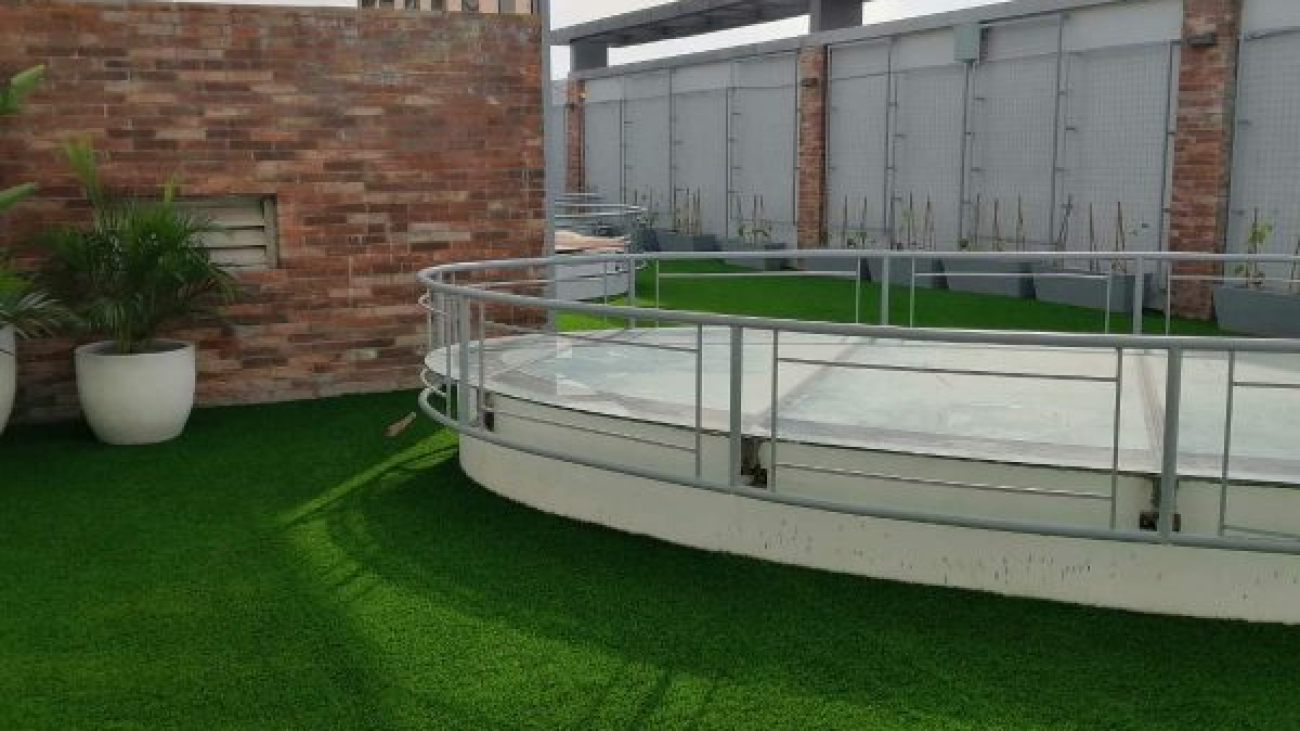In the Philippines, where water conservation is crucial, and landscaping trends are evolving, artificial grass is gaining popularity as an eco-friendly and aesthetic alternative to natural lawns. In this comprehensive guide, we’ll explore the many advantages of artificial grass, the types suitable for the local climate, installation processes, maintenance tips, and more. Whether you’re a homeowner or a business owner, this guide will help you make an informed decision about incorporating artificial grass into your landscaping projects.
Section 1: The Advantages of Artificial Grass in the Philippines Saving Water and More
Artificial grass offers a multitude of benefits that make it a smart choice for Filipinos:
- Water Conservation: In a country often plagued by water scarcity, artificial grass requires no watering, helping you save on water bills and contribute to water conservation efforts.
- Low Maintenance: Say goodbye to mowing, weeding, and fertilizing. Artificial grass stays green year-round with minimal upkeep.
- Enhanced Aesthetics: It enhances the overall look of your property with its lush, vibrant appearance, providing a manicured and inviting space.
- Real Estate Value: Artificial grass adds value to your property, making it more attractive to potential buyers or tenants.
- Modern and Relaxing: Transform your space into a modern and relaxing environment where you can enjoy the greenery without the hassles.
Section 2: Types of Artificial Grass Suitable for the Philippines Choosing the Right Fit
Selecting the appropriate type of artificial grass for your specific needs and the Philippine climate is crucial:
- UV-Resistant Grass: Given the tropical climate, opt for UV-resistant artificial grass to prevent fading and maintain its lush look.
- Residential vs. Commercial: Consider the differences between residential and commercial-grade grass to ensure durability and longevity in high-traffic areas.
Section 3: Installation Process Getting It Right
A successful installation is key to the longevity and performance of your artificial grass:
- Site Preparation: Properly prepare the site by clearing debris, leveling the ground, and installing an effective drainage system.
- Quality Base Material: Ensure the use of high-quality base materials, such as compacted gravel or sand, to create a stable foundation.
- Professional vs. DIY: Decide whether to hire professionals or undertake a DIY installation, keeping in mind the complexity of the project.
Section 4: Artificial Grass Maintenance in a Tropical Climate Keeping It Beautiful
Maintaining your artificial grass in the Philippines’ tropical climate is essential:
- Regular Cleaning: Remove debris, leaves, and pet waste regularly to keep your grass looking pristine.
- Weed Prevention: Install a weed barrier during the installation process to prevent weed growth.
- Heavy Rainfall: Artificial grass handles heavy rainfall well, thanks to its efficient drainage system.
Section 5: Environmental Considerations Eco-Friendly Landscaping
Address environmental concerns associated with artificial grass:
- Eco-Friendly Options: Explore eco-friendly artificial grass options, including recycled materials.
- Sustainable Practices: Consider sustainable landscaping practices that minimize the environmental impact.
Section 6: Choosing a Reliable Artificial Grass Supplier in the Philippines Quality Matters
Selecting the right supplier is critical to a successful project:
- Product Quality: Choose a supplier with a reputation for high-quality artificial grass products.
- Warranty: Inquire about warranties and guarantees to ensure your investment is protected.
- Customer Reviews: Check customer reviews and testimonials to gauge satisfaction levels.
Section 7: Frequently Asked Questions (FAQs) Answers to Common Queries
Here are answers to some frequently asked questions:
- How much does artificial grass cost in the Philippines?: Prices vary depending on the type and quantity, but it’s a cost-effective long-term investment.
- Is artificial grass safe for children and pets?: Yes, it’s safe and often used in playgrounds and pet areas.
- Can artificial grass withstand the Philippines’ weather?: Yes, with proper UV-resistant options, it can thrive in tropical conditions.
Takeaway: Artificial Grass in the Philippines: A Sustainable Choice for Modern Landscaping
In a country where water conservation is crucial and greenery is highly valued, artificial grass stands as an excellent landscaping solution. Its myriad benefits, low maintenance, and aesthetic appeal make it an attractive choice for homeowners and businesses alike. Whether you’re looking to enhance your property’s value, save water, or create a relaxing oasis, artificial grass in the Philippines is a green investment worth considering.








